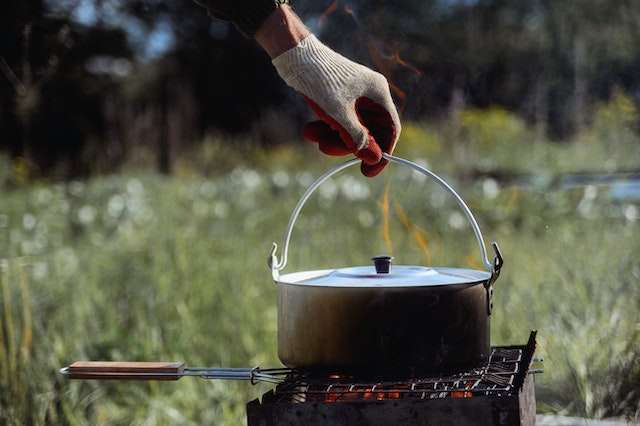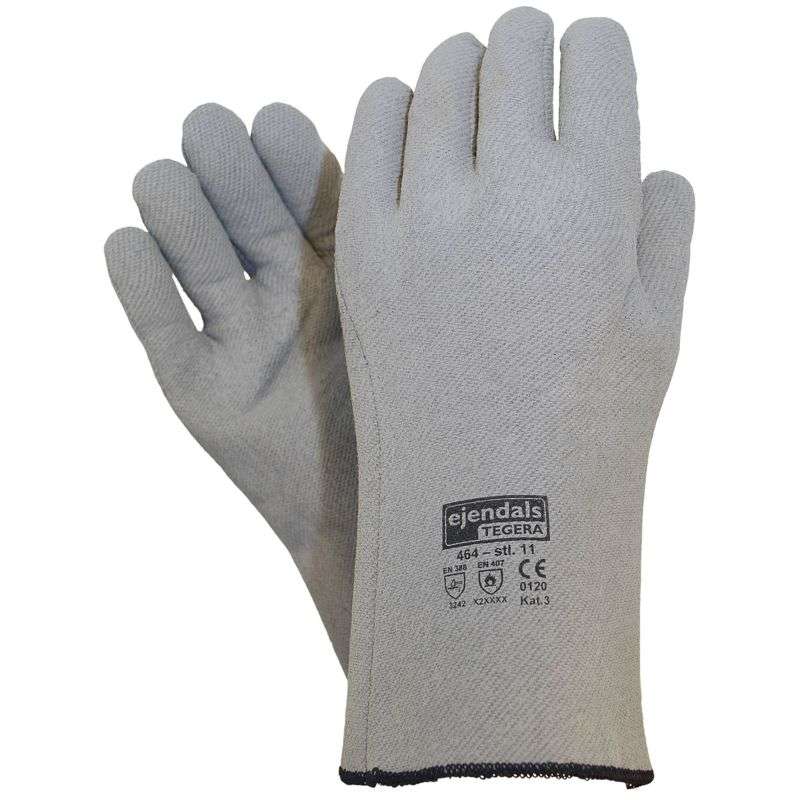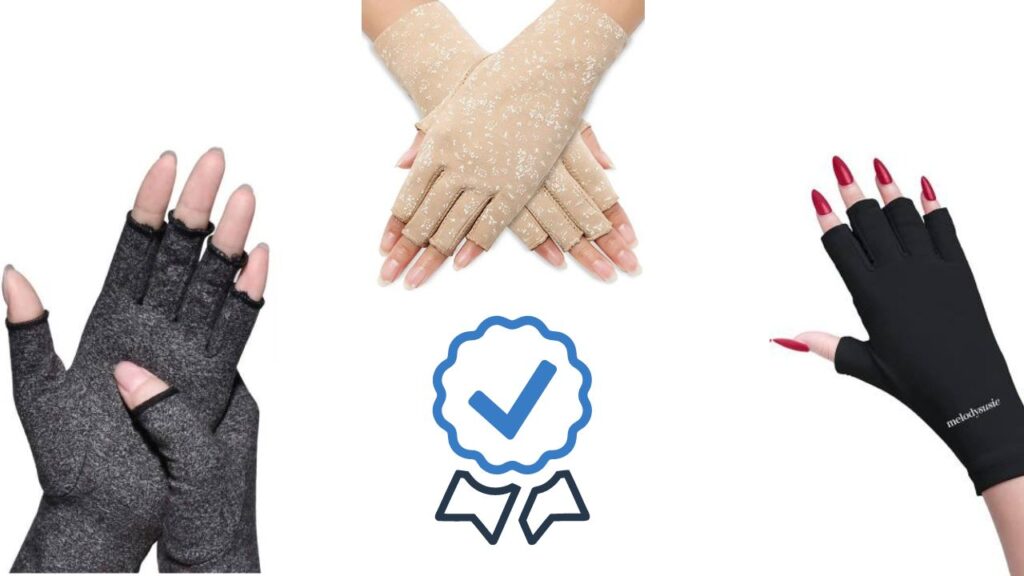Table of Contents
What are Heat-Resistant Gloves?
Heat-resistant gloves are work gloves intended to protect laborers’ hands from burns or other wounds that can come about because of coming into contact with incredibly hot items, working close to flames or sparks, or from being presented to high temperatures in the work environment. Since the seriousness of heat dangers can change from low to outrageous depending upon the application or industry, certain heat-resistant gloves are more qualified to certain work environments than others.
Do you work in high temperatures or around hot materials?
The Bureau of Labor Statistics expresses that in 2014 thermal burns represented more than 14,000 occupational wounds.
Regardless of whether you’re worried about securely dealing with hot metal or abstaining from encountering heat pressure indications after working in outrageous temperatures, everything you can manage in high heat conditions is to ensure you’re wearing the ideal individual defensive gloves.
There’s a wide range of work gloves and sleeves available that are created because of these sorts of heat dangers.
How Do I Choose the Right Heat-Resistant Gloves?
The measure of heat assurance required is abstract to the work conditions. In any case, there are a couple of elements to consider to guarantee that you pick the best heat-resistant glove.
Consider the following:
- Is corruption an issue?
- What amount of protection is required?
- What is the temperature of the working environment I’ll be in?
- Will I deal with heat articles? What will be the real temperature of the items? What will ‘time to torment’ be?
- What amount of ability will I need to take care of business? Will mitts or gloves be more advantageous in my working environment?
Some Best Heat Resistant Gloves
- Oven Gloves 932°F Heat Resistant Gloves, Cut-Resistant Grill Gloves
- Teenitor 2 Pcs Heat Resistant Gloves with Silicone Bumps
- Rayocon BBQ Grill Gloves 932°F Heat Resistance Barbecue Grilling Gloves
- Chrider BBQ Gloves 1472°F Extreme Heat Resistant Gloves Grilling Gloves
- AYL Silicone Cooking Gloves – Heat Resistant Oven Mitt for Grilling
- Ykall BBQ Gloves, Extreme Heat Resistant Gloves
Type of Gloves Protect Against Heat?
Materials that are ordinarily used to make heat-resistant work gloves incorporate terry weave, Kevlar®, carbon fiber, or a blend of these filaments.
The kind of heat peril that is present will impact which hand assurance you ought to be wearing.
Certain materials offer unexpected benefits in comparison to others, so the materials used to make heat-resistant work gloves can differ from one glove to another.
Kevlar®
With regards to heat resistant gloves, Kevlar® is a famous decision on account of the numerous advantages it offers:
- It can withstand outrageous temperatures (up to 800° F) without liquefying.
- It’s fire safe
- It is cut-resistant.
Terry Knit
If you need gloves that give solid heat assurance and fantastic protection, terry sews gloves are an extraordinary alternative since terry traps air inside the glove.
Leather
Leather is ignored for its heat properties, however can withstand 200°F before burning.
Work gloves intended for welders or other limit heat applications may likewise highlight solid leather (like cowhide or goatskin), a Kevlar® liner for extra assurance against flares or heat, as well as an aluminized liner to avoid high temperatures from the hands.
To furnish laborers with the greatest number of advantages in the work environment, most heat-resistant glove styles include a mix of these high-performing materials.
Thus, alongside giving an amazing degree of heat insurance, the glove will likewise secure the laborer against other normal working environment dangers (like cuts, scraped spots, or cut dangers) simultaneously.
Also Read- Top10 Resistant Heat Gloves
Some Pros and Cons of Materials Used in Heat Resistant Gloves.
| Material | Pros | Cons |
| Leather | Has normal fire-safe properties and great scraped spot assurance. Can be one of the more moderate alternatives to browse. | Traps heat near the skin, can solidify from heat after some time, and doesn’t have a serious level of cut-opposition. Gives less finesse than some other glove materials. |
| Terrycloth | Circled sewing traps air and makes more protection. Has some level of cut and scraped area insurance and is agreeable to wear. | May assimilate fluids and become soaked, not as adroit as different materials. |
| Aramid | Innately fire safe and has a serious level of cut-obstruction and ability. | Can be one of the more costly choices to browse. |
| Acrylic | Glove liners add protection for high heat contact just as improved strength. | Can feel hefty when framed as a glove shell. |
| Aramex | Draws heat away from the skin, and can be intended for added fire obstruction. Extraordinary for warm conditions where flames and sparks are available. | Not intended for high thermal applications. |
What’s the Best Heat-Resistant Glove?
With regards to picking the best heat-safe gloves for the work, these variables are significant.
For instance, the temperature of the item will figure out what kind of fiber is required.
If having a full scope of movement in your grasp is essential for taking care of business, you will not have any desire to be wearing a glove that gives brilliant heat assurance yet is incredibly massive and difficult to move in.
Various Degrees of Protection in Heat-Resistant Gloves
Whenever you’ve decided your requirements and the best materials, it’s an ideal opportunity to consider whether laborers need any specific assurance from different perils in their application. Various risks need various arrangements, so your laborers may require a glove with one or different defensive highlights.
Basic Heat Protection
For fundamental heat assurance with no particular highlights for risks like liquid fluids, normal materials can be joined to give various degrees of contact security. Aramid yarns can be machine-weaved into a more slender, more perfectly sized glove that conveys various degrees of heat opposition. Analyze diverse heat-resistant materials and watch out for their ASTM F1060 (as indicated by the ANSI 105 norm) or EN 407 appraisals to discover a glove with the heat protection to match your application.
| ASTM F1060 | |
| Level 0 | Less than 176⁰ F (80⁰ C) |
| Level 1 | 176⁰F (80⁰ C) |
| Level 2 | 284⁰F (140⁰C) |
| Level 3 | 392⁰F (200⁰C) |
| Level 4 | 500⁰F (260⁰C) |
| Level 5 | 608⁰F (320⁰C) |
| EN 407 Contact Heat Resistance | |
| Rating 1 | 212⁰F (100⁰C) |
| Rating 2 | 482⁰F (250⁰C) |
| Rating 3 | 662⁰F (350⁰C) |
| Rating 4 | 932⁰F (500⁰C) |
Heat Dissipation
For higher heat applications like taking care of hot steel or earthenware molds, if a glove can’t scatter developed heat over the long haul, heat pressure will gather inside the glove and make it less comfortable. Machine-weave gloves consider greater breathability by scattering heat through the back of the glove.
Cut and Laceration Protection
Your laborers may require a glove with solid cut-obstruction and scraped spot insurance on top of appropriate heat opposition if they work with cut dangers. New gloves are accessible with sliced level assurance to safeguard against sharp edges notwithstanding hot surfaces.
Sorts of Grips and Palm Coatings
Applications that require greater adroitness and hand development, for example, getting a hot part out of an oven have prompted the advancement of high-strength, heat-safe gloves with more grasp and control for taking care of hot and heavy materials. Added highlights, for example, nitrile-put together palm spots concerning the top of a nitrile or silicone palm covering further protect a laborer’s hands while at the same time improving the glove’s hold.
Heat Resistant Gloves with Multiple Levels of Protection
Contingent upon the work, you may require a glove that ensures against these things! The best all-around heat-resistant gloves utilize a mix of material layers to ensure Level 5 ASTM F1060 (as per the ANSI 105 norm) or Level 4 EN 407 contact heat certificates for the most elevated normalized levels of heat-safe assurance. They can likewise give cut opposition, flexible finger development, added hold, and assurance from heat, all contained inside a breathable shell that considers the transfer of heat.
Consider your application and let laborers give a couple of gloves a shot for themselves. With a little testing and information, the insurance your laborers need can generally be close within reach!
Conclusion
High-temperature applications and conditions differ. Understanding the anxieties that segments will face and offsetting those with the material properties of different compounds will convey cost-effective execution.



